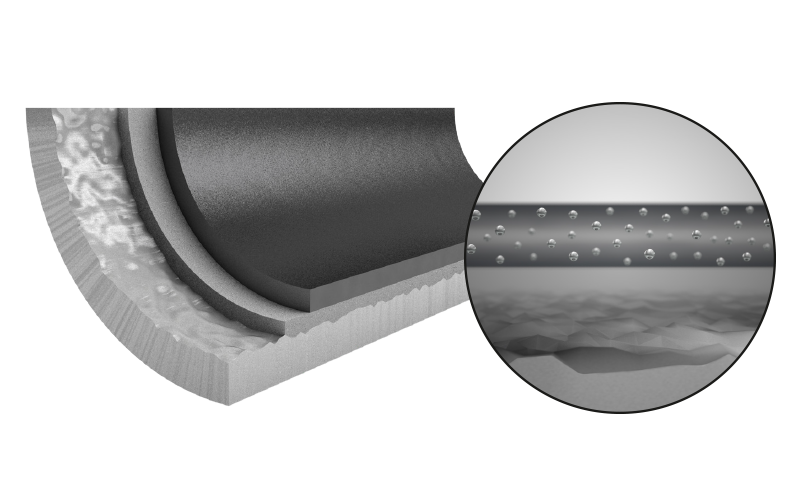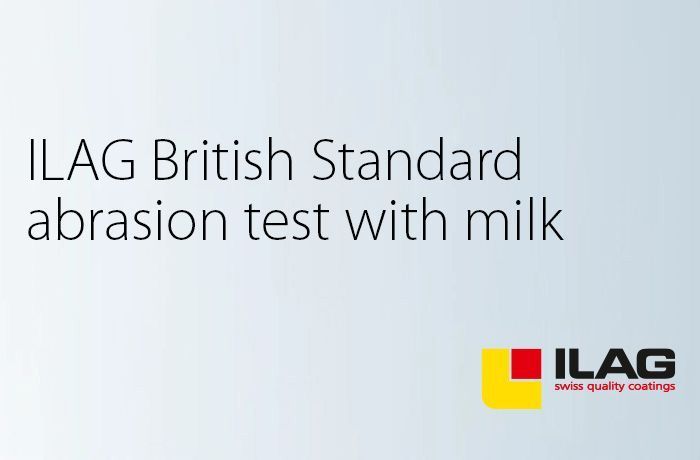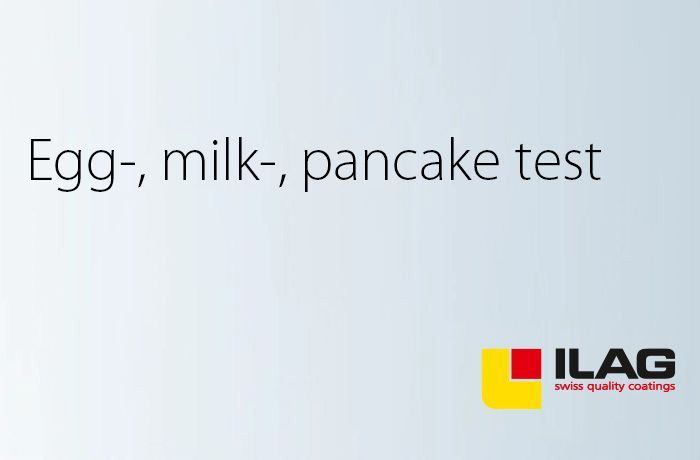CORFLON Ultra (ESSENTIAL)
is a universal, two-coat water-based non-stick system. Due to being fit-for-purpose and having a good non-stick effect, this system is well suited for daily, simple use.
1. Robust top coat for a long-lasting non-stick effect
2. Primer with very good adhesion to the substrate
3. Specially prepared substrate for an optimum adhesion of the coating to the cookware product







